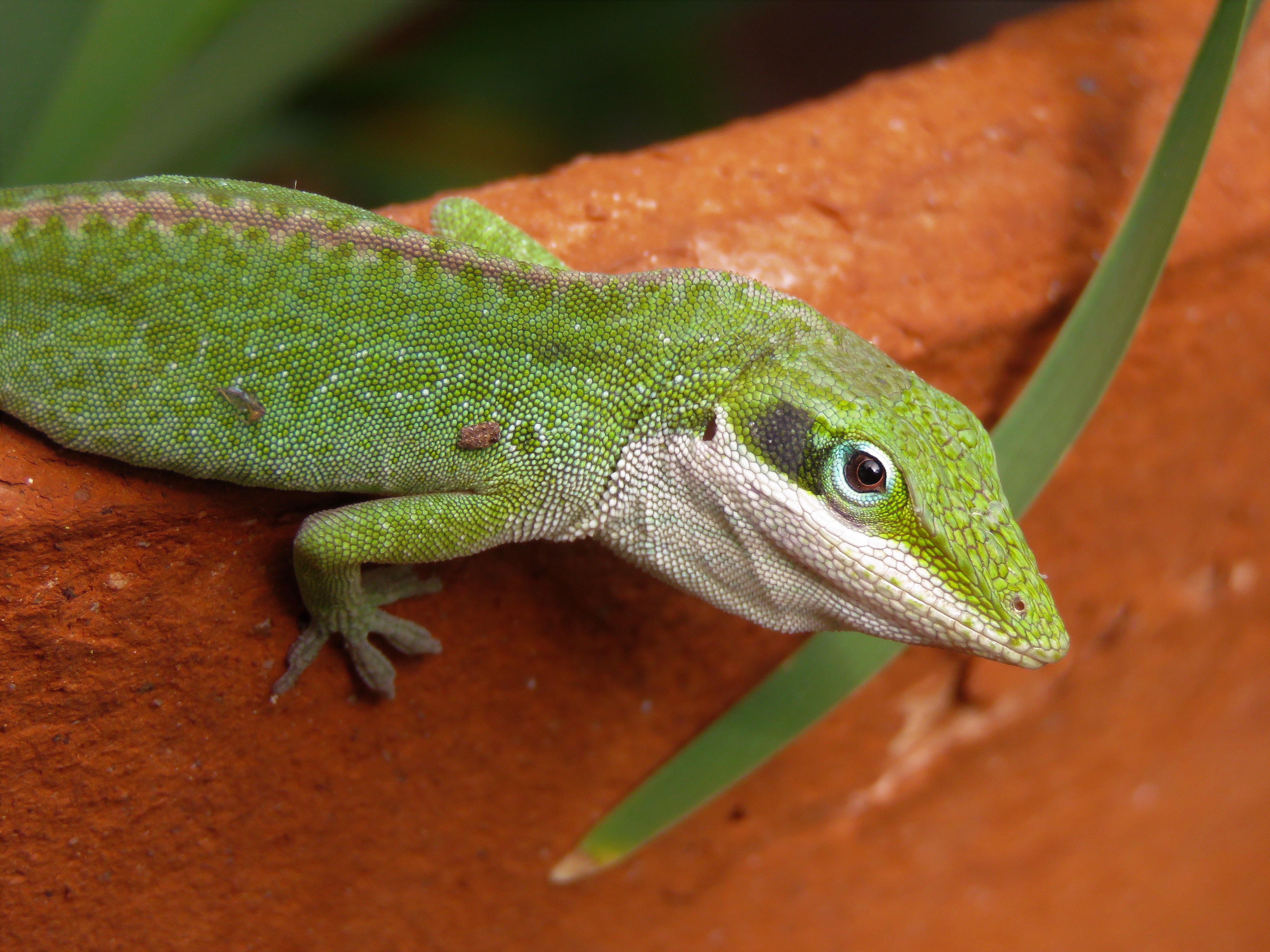
Leopard Gecko Care: A Comprehensive Guide for Lizard Lovers
Leopard geckos are fascinating creatures that make wonderful pets. If you’re a reptile enthusiast looking to bring one of these beautiful creatures into your home, it’s important to understand their unique care requirements. In this guide, we’ll cover everything you need to know about leopard gecko care, from setting up their habitat to providing the right diet and handling tips.
1. Choosing the Perfect Habitat
Creating a suitable habitat for your leopard gecko is crucial for their overall well-being. Here are a few key considerations:
-
Enclosure: Opt for a glass tank that provides ample space for your gecko to move around comfortably. A 20-gallon tank should be sufficient for a single adult leopard gecko.
-
Substrate: Use a substrate that mimics their natural environment, such as reptile carpet or paper towels. Avoid using loose substrates like sand, as they can be ingested and cause health issues.
-
Temperature and Lighting: Maintain a temperature gradient within the enclosure, ranging from 88°F (31°C) on the warm side to 78°F (25°C) on the cool side. Use a heat mat or lamp to achieve the desired temperature. Additionally, provide a UVB light source for 10-12 hours a day to promote their calcium metabolism.
2. Feeding and Nutrition
Proper nutrition is crucial for the health and longevity of your leopard gecko. Follow these guidelines to ensure a balanced diet:
-
Insects: Leopard geckos are insectivores, so their diet primarily consists of live insects like crickets, mealworms, and dubia roaches. Offer appropriately sized prey items that are no larger than the width of their head.
-
Calcium and Vitamin D3: Dust their prey with a calcium supplement containing vitamin D3 at every feeding. This helps prevent metabolic bone disease and ensures healthy bone growth.
-
Feeding Schedule: Feed juvenile geckos daily and adult geckos every other day. Remove any uneaten prey after 15-20 minutes to maintain cleanliness.
3. Health and Husbandry
Maintaining good health and hygiene practices is essential to keep your leopard gecko happy and thriving:
-
Hydration: Always provide a shallow dish of fresh water in their enclosure. Ensure it is cleaned and refilled daily to prevent bacterial growth.
-
Shedding: Help your gecko during shedding by providing a humid hide. This can be achieved by placing a moist box with sphagnum moss or damp paper towels in their enclosure.
-
Regular Vet Check-ups: Schedule regular visits to an experienced reptile veterinarian to monitor their overall health and catch any potential issues early on.
4. Handling and Socialization
With gentle and consistent handling, you can build trust and establish a bond with your leopard gecko:
-
Start Slow: Begin by letting your gecko get accustomed to its new surroundings before attempting to handle them. Gradually introduce short handling sessions, increasing the duration as they become more comfortable.
-
Proper Technique: Always support your gecko’s body and avoid picking them up by their tail, as it can cause them stress or result in tail loss.
-
Be Patient: Remember that every gecko is unique, and some may take longer to become comfortable with handling. Respect their limits and never force interaction.
By following these essential care guidelines, you can create a safe and nurturing environment for your leopard gecko. With time and patience, you’ll witness the joy of bonding with these captivating reptiles.
Keep Reading

Easiest Lizards to Care For: A Guide for Beginners
Are you considering getting a lizard as a new pet, but unsure which species would be the easiest to care for? Look no further!